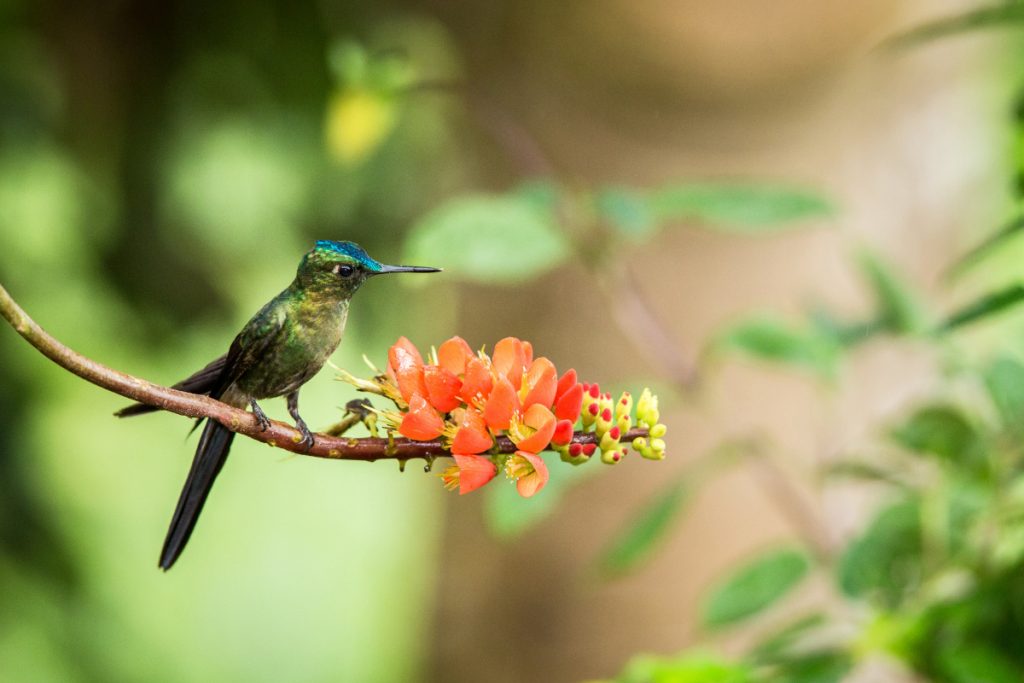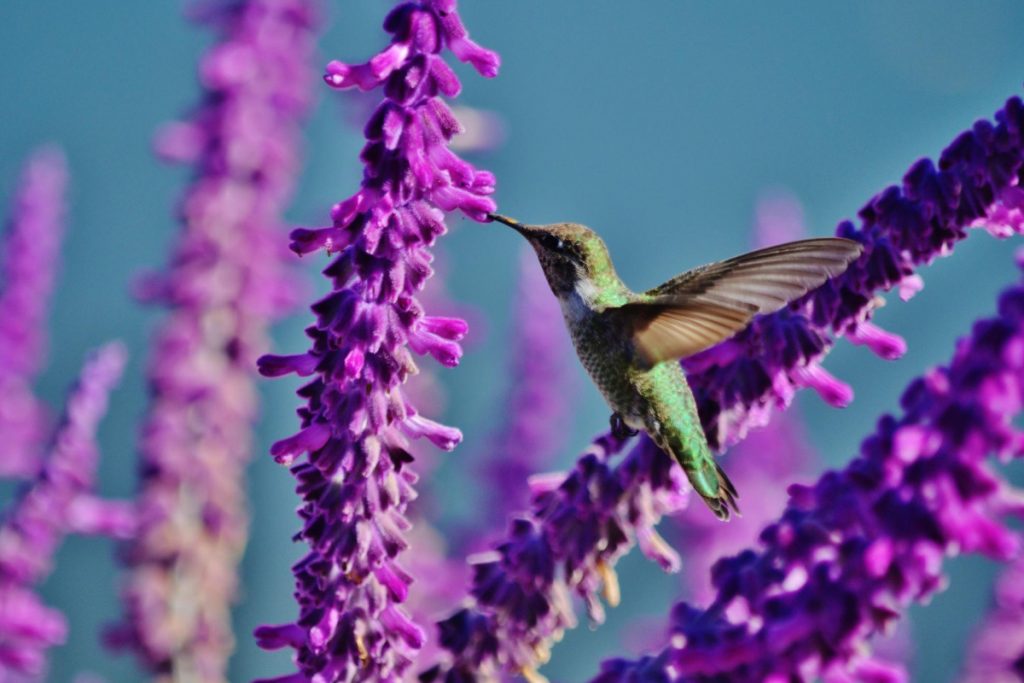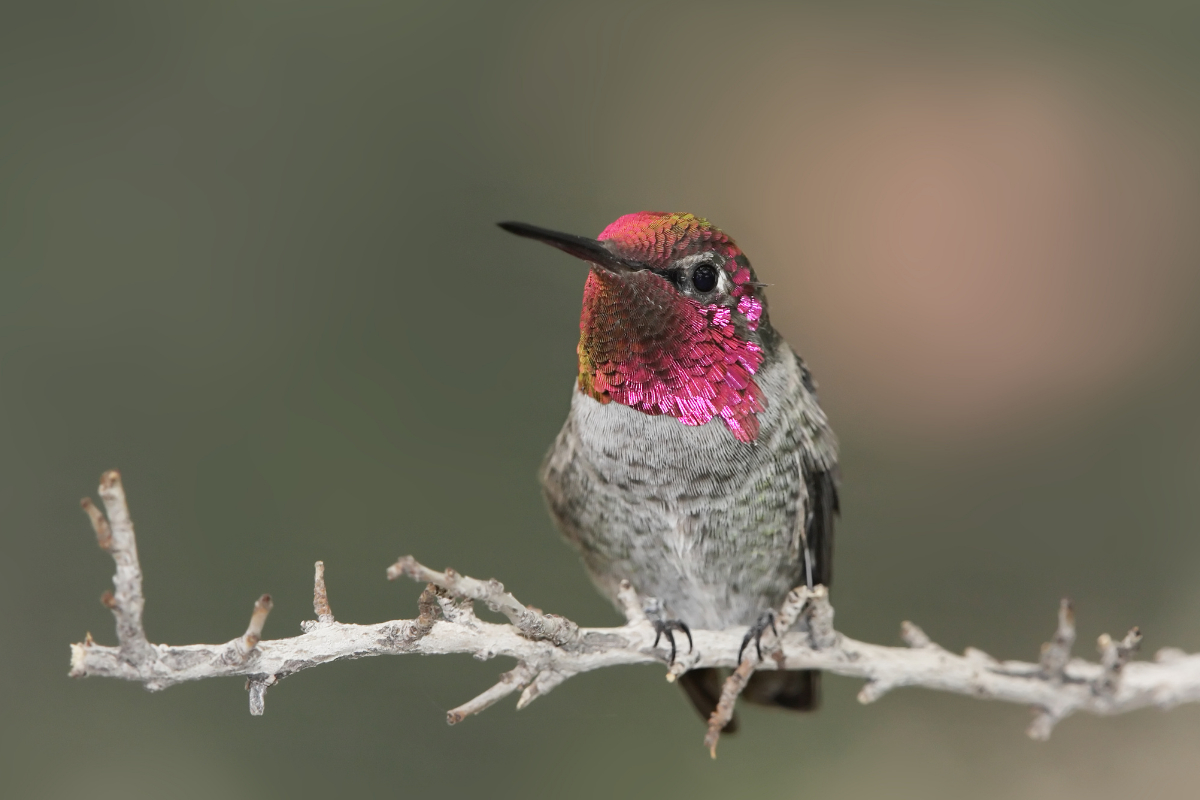Hummingbirds are beautiful birds that captivate us with their presence throughout the year. During the warmer months, these tiny creatures can be found in various states across the US, including Oklahoma, New York, and Texas. However, regardless of how long they stay in a particular state, hummingbirds have an internal clock that signals when it’s time for them to leave.
Virginia is a fantastic place for hummingbirds, located in the southeastern part of the country. As the weather changes, these birds begin their migration out of the state. So, when exactly do hummingbirds leave Virginia? Let’s explore!
When Do Hummingbirds Leave Virginia?
As summer transitions into winter, the most common hummingbirds in Virginia start their journey out of the state. This typically occurs in September, and by the end of October, the last of the migrating species will have departed Virginia.
The departure of these birds follows a gradual pattern. Typically, adult males are the first to leave, while females join them after they have finished training their offspring.

What Species Of Hummingbirds Are Commonly Seen In Virginia?
Although Virginia doesn’t have its own local hummingbird species, there are seasonal species that are commonly sighted in the state. The most common species found in Virginia is the Ruby-throated hummingbird, easily identifiable by its ruby-red throat.
Another species often found in Virginia is the Rufous hummingbird, known for its aggressive nature when feeding. Additionally, there have been rare sightings of other species such as Allen’s, Anna’s, Black-chinned, Calliope, and Rivoli’s hummingbirds in Virginia.
Where Can You Find Hummingbirds In Virginia?
Some popular locations to find hummingbirds in Virginia include Eastern Virginia, around Norfolk and Virginia Beach, as well as near the capital city of Richmond. They are also commonly found in southwestern parts of the state, near Roanoke and Lynchburg. However, even if you can’t visit these specific locations, you can attract hummingbirds to your own yard by following a few simple steps.
When Do Hummingbirds Arrive In Virginia?
Hummingbirds typically begin to arrive in Virginia in April, with many more arriving in May. However, their arrival time can vary depending on weather conditions and the migration routes taken by different species.
Do Hummingbirds Arrive In Virginia At The Same Time?
No, hummingbirds arrive in Virginia at different times. Their arrival is influenced by weather conditions and the specific migration routes of different species.
Do Hummingbirds Spend All Year In Virginia?
Since Virginia doesn’t have its own local hummingbird species, it’s unlikely that migrating species will spend the entire year in the state. Seasonal species visit Virginia during the warm weather months, usually from mid-April to October. When the weather gets too cold, they migrate to warmer climates where they can find an abundance of their food sources.

How Can You Prepare For The Arrival Of Hummingbirds in Virginia?
As a hummingbird lover in Virginia, it’s important to prepare for the arrival of these birds to create a welcoming environment for them after their long journeys. Depending on the size of your outdoor space, you can create a hummingbird-friendly garden by growing native plants that provide their primary food source – nectar from flowers.
You can also attract hummingbirds by hanging colorful feeders in vibrant shades of red, pink, or orange. Additionally, offering shallow water sources like gently-flowing misters can provide both drinking and bathing opportunities for these birds. Creating habitats with trees, tall plants, and shrubs can also provide shelter and nesting sites for hummingbirds.
What Kinds Of Plants Should Be Grown To Attract Hummingbirds In Virginia?
To attract hummingbirds in Virginia, it’s best to grow native plants such as cross vine, trumpet vine, cardinal flower, butterfly weed, Canadian columbine, swamp milkweed, wild lupine, trumpet honeysuckle, and more.

Can Feeders Attract Hummingbirds In Virginia?
Yes, you can attract hummingbirds to your environment by hanging nectar feeders. However, it’s important to avoid coloring the nectar solution with dyes, honey, or additives, as these can be harmful to the birds.
How To Prepare Nectar For Hummingbird Feeders
Preparing nectar for hummingbird feeders is a simple process. All you need is refined white sugar and water. Mix one part sugar with four parts water and stir until the sugar is dissolved. It’s important to change the nectar solution every few days, especially in warm weather, to prevent fermentation and bacterial growth. Alternatively, you can purchase pre-made nectar from stores.
When Should You Put Out Your Hummingbird Feeders In Virginia?
A good practice is to put out your hummingbird feeders at least a week before the birds are expected to arrive. In Virginia, mid-April is a suitable time to do so.
When Should Hummingbird Feeders Be Taken Down In Virginia?
It’s safe to take down your feeders at least two weeks after you last sight hummingbirds at your feeders. Since most migrating hummingbirds will have left Virginia by the end of October, you can take down your feeders by early November. However, you can choose to leave out your feeders to help old and injured species that are unable to migrate.
Where Do Hummingbirds From Virginia Migrate To In The Winter?
Hummingbirds that breed in Virginia generally migrate south to warmer climates for the winter. Ruby-throated hummingbirds, the most common species in Virginia, migrate to Central America or Mexico. The bulk of the population spends the winter in southern Mexico or Central America. Rufous hummingbirds, another species commonly seen in Virginia, winter along the Gulf Coast from Louisiana to Florida, with some also wintering in Mexico. Other vagrant species follow their typical migration routes south or west for the winter.
The hummingbird season brings joy to bird lovers in Virginia. By providing food, shelter, and a welcoming environment, you can ensure the return of these special birds during their next visit.
